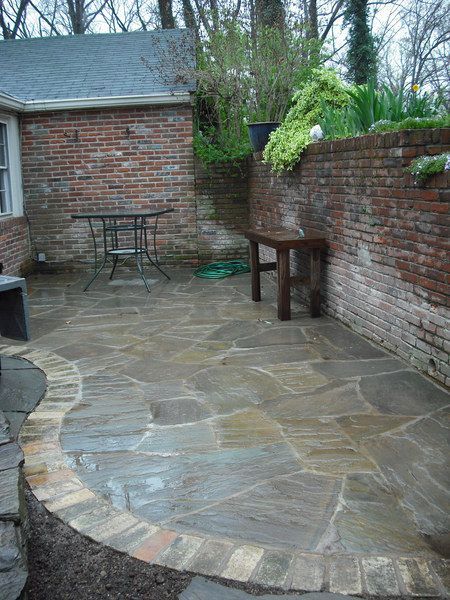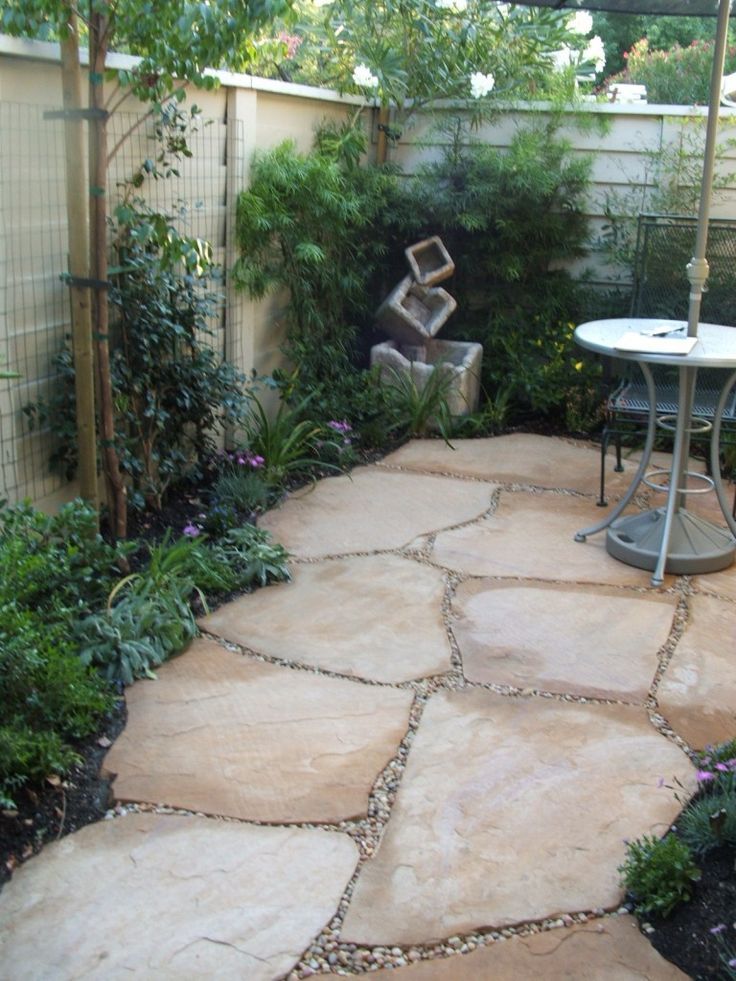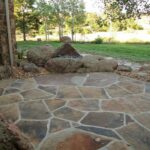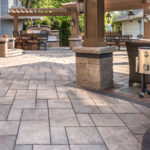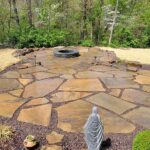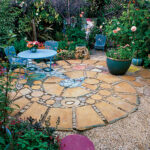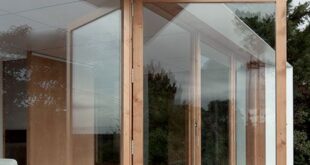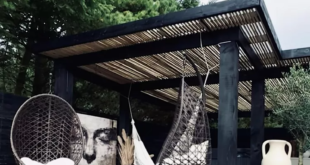Flagstone is a popular choice for patio design due to its natural, rustic look and its durability. The irregular shapes and earthy colors of flagstone create a visually appealing outdoor space that blends seamlessly with the surrounding landscape. Flagstone is available in a variety of colors, sizes, and thicknesses, making it a versatile material for patio design.
One of the key factors to consider when designing a flagstone patio is the layout. Flagstone can be laid in a random pattern or in a more formal design, such as a herringbone pattern. The layout of the flagstone will determine the overall look and feel of the patio, so it is important to carefully consider the design before installation.
Another important aspect of flagstone patio design is the selection of the right type of flagstone for the project. Flagstone is available in a range of materials, including sandstone, limestone, and slate. Each type of flagstone has its own unique characteristics and properties, so it is important to choose the right material for the specific needs of the patio design.
In addition to the layout and selection of flagstone, it is also important to consider the installation process. Flagstone can be installed on a bed of gravel or sand, with mortar used to secure the stones in place. Proper installation is crucial to ensure the longevity and stability of the patio, so it is recommended to hire a professional contractor with experience in flagstone installation.
Once the flagstone patio is installed, it can be further enhanced with the addition of landscaping elements such as plants, trees, and outdoor furniture. These elements can complement the natural look of the flagstone and create a cozy and inviting outdoor space for relaxing and entertaining. With the right design and careful planning, a flagstone patio can become a timeless and stylish addition to any outdoor living space.
